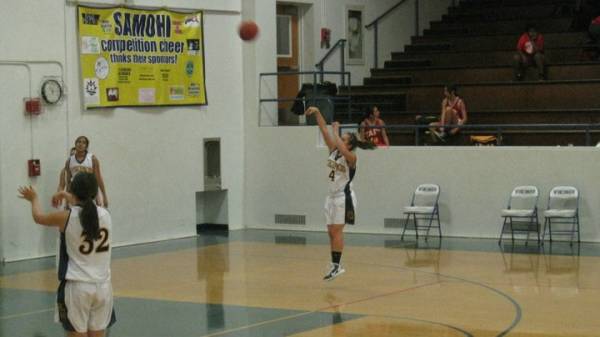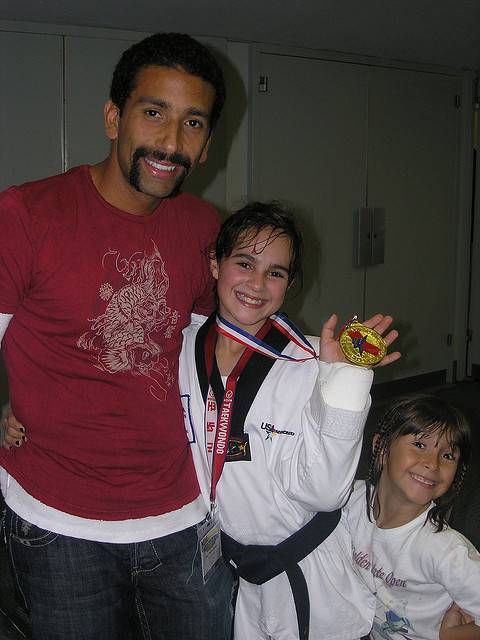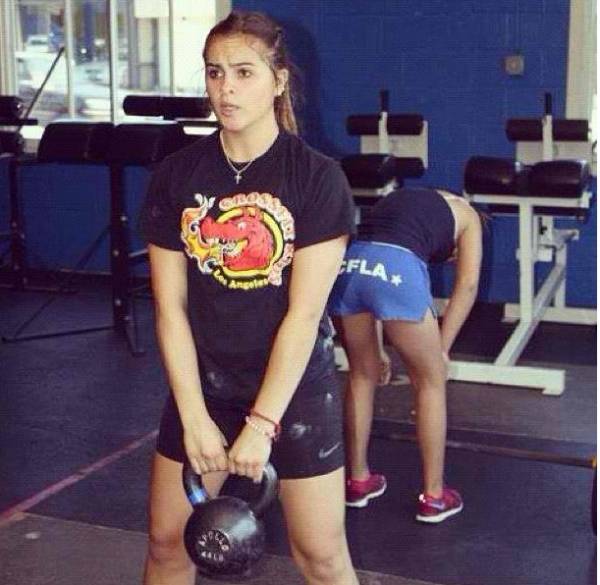My oldest daughter Maya is graduating high school in a few short months. Then in fall, she will be off to a scenic college many hours up the coast. By herself. Without me. I suddenly get flashbacks to my little girl who could not pronounce the letter “f” until she was four (or “pour” as she’d say), to a little girl with brown hair, backlit in gold and falling to her waist, who was always, boundlessly in one’s face with a question or a compliment. My memories of her as a baby are so fond, but I am not the type of parent who only sees her kids through a baby filter. My daughters will always be “Mami’s girls,” but they are not stuck as images of little children in my mind. I am excited to witness what the grown-up Maya has to offer the world. I am thrilled for this time. I’ve spent eighteen years preparing her for this moment.
Throughout Maya’s life, we have tackled all sorts of big-life things: Be kind, be strong, be you, be safe, be smart. But there is another topic arising that only recently occurred to me. Her life as an athlete will no longer have a definitive course. Every since she was five years old, she has been involved in organized athletics. All she had to do was show up and participate to her best ability. There has never been a time since where she was not involved in a sport or physical activity.
Her senior varsity basketball season ended a few weeks ago after a couple rounds of mediocre California Interscholastic Federation action. She will not be playing basketball in college, which means the set course of her athletic days is now done. And frankly, I don’t think I’ve prepared her enough for this transition.
 It is reported that only about five percent of high school athletes end up playing a varsity college sport. Only 430,000 college students in the nation are involved in athletics governed by the National Collegiate Athletic Association (NCAA), leaving over seven million high school athletes to continue their passion for athletics on their own. If they decide to continue, that is. Freshman year is notorious for being about bucking the life you knew as a kid – eating what you want and picking your own sleep (and party) schedule. For an athlete unable to make an NCAA collegiate team, it can also be a time to finally get out of a regular, rigorous practice schedule. It’s no wonder the stories of the Freshman Fifteen never die.
It is reported that only about five percent of high school athletes end up playing a varsity college sport. Only 430,000 college students in the nation are involved in athletics governed by the National Collegiate Athletic Association (NCAA), leaving over seven million high school athletes to continue their passion for athletics on their own. If they decide to continue, that is. Freshman year is notorious for being about bucking the life you knew as a kid – eating what you want and picking your own sleep (and party) schedule. For an athlete unable to make an NCAA collegiate team, it can also be a time to finally get out of a regular, rigorous practice schedule. It’s no wonder the stories of the Freshman Fifteen never die.
I’ve always emphasized that Maya make good nutrition choices for herself and to stay active on her own. I know the seed is planted and it’s up to her to make good decisions on her own now. She’s consistently had good examples of how to eat, but I’m now making it a point to introduce her to some good options to stay active. Or at least, put it in her head to explore this on her own and to not lose this side of herself just because there is no longer a set practice schedule or a parent keeping her on task.
 As a CrossFit coach who didn’t start CrossFit until after I was forty, I hear so many stories similar to mine, of how people lost their way as athletes for years, decades even. College, work, and, family are excuses we all used to push our active lives off the priority list – and that never goes well. Often we regret letting so much time go by before realizing that it is still important to be active at any age. Almost 69% of American adults are overweight or obese, which means a lot of us have forgotten the importance of an active life.
As a CrossFit coach who didn’t start CrossFit until after I was forty, I hear so many stories similar to mine, of how people lost their way as athletes for years, decades even. College, work, and, family are excuses we all used to push our active lives off the priority list – and that never goes well. Often we regret letting so much time go by before realizing that it is still important to be active at any age. Almost 69% of American adults are overweight or obese, which means a lot of us have forgotten the importance of an active life.
I’m raising my girls to live without regret. And if Maya has been an athlete her entire life, I know she will not only regret not keeping the athlete in her alive, but she will not feel her best either. Growing up and going off to college is an exciting time, but it can also be stressful especially as kids start feeling the weight of grown-up responsibilities. Stress coupled with less sleep and maybe one too many pizzas can make anyone feel crappy. If I can encourage her to stay active, it will help her manage stress and the realities of becoming an adult, and she’ll just plain feel better.
There are a few good ways for an athlete to stay active when they go off to college even if they won’t be playing for a school team. These options don’t necessarily have to involve a less-than-engaging treadmill or elliptical machine. This time could be a great opportunity to explore activities that have always intrigued them. Maya has always loved to dance. Taking a dance class in school may pique new interests that could spark a life-long love. She also said she wants to get more serious about her CrossFit training when she goes off the college. We’ve already explored gyms in her school’s area to make that happen if she goes forward with this. She is incredible strong and already has great form, so of course I’m secretly rooting for this option.
 Another great option is intramural sports. The National Intramural Sports Association (NIRSA) was founded in 1950 and has a presence in over 700 campuses and universities. Intramural sports are mainly student-run and initiated, with over 1.1 million intramural contests taking place each year nationally and over two million individuals participating. Their motto is “leaders in colligate recreation,” which implies the emphasis is on fun while maintaining the thrill of staying competitive. With intramural sports you can try all sorts of fun sports like floor hockey, dodge ball, kickball, flag football, and beach volleyball. Come on! That sounds like a blast.
Another great option is intramural sports. The National Intramural Sports Association (NIRSA) was founded in 1950 and has a presence in over 700 campuses and universities. Intramural sports are mainly student-run and initiated, with over 1.1 million intramural contests taking place each year nationally and over two million individuals participating. Their motto is “leaders in colligate recreation,” which implies the emphasis is on fun while maintaining the thrill of staying competitive. With intramural sports you can try all sorts of fun sports like floor hockey, dodge ball, kickball, flag football, and beach volleyball. Come on! That sounds like a blast.
But that’s the idea. If Maya can find something fun and engaging to keep her active, most likely she won’t want to hang up her athletic shoes. If I can encourage her to keep moving, I know there will be no stopping her.
How did you stay active in college? Do you have a son or daughter heading off to school?
Photos provided by Danette “Dizzle” Rivera.






